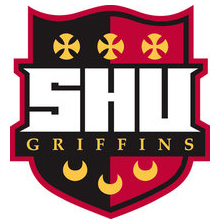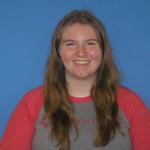Below is a summary of the abstract you submitted. Presenting author(s) is shown in bold.
If any changes need to be made, you can modify the abstract or change the authors.
You can also download a .docx version of this abstract.
If there are any problems, please email Dan at dar78@pitt.edu and he'll take care of them!
This abstract was last modified on May 5, 2017 at 10:26 a.m..

Mycobacteriophages ActinUp (K1) and Boyle (B2) were isolated from soil samples collected on the campus of Seton Hill University in Greensburg, PA and characterized by first-year undergraduate students participating in a one-semester combined phage discovery and bioinformatics SEA-PHAGES research course. Both phages were obtained through enrichment isolation at 25°C using the bacterial host Mycobacterium smegmatis mc<sup>2</sup>155, with ActinUp producing turbid plaques and Boyle producing clear plaques after 48 h incubation at 28°C, indicating potential temperate and virulent properties, respectively. The genomes of ActinUp (59.8 kb, 66.6% GC, defined linear ends) and Boyle (67.5 kb, 69.0% GC, circularly permuted) were annotated using PECAAN, DNA Master, HHPred, Phamerator, Starterator, tRNAScan-SE, Aragorn, and the Blast program suite. ActinUp contains 96 putative protein-coding genes and 1 tRNA-Trp. ActinUp is highly similar (≥95% average nucleotide identity) to previously characterized Cluster K1 phages, with the organization of the attP site and start associated sequences determined to be similar to other K1 phages. ActinUp gp91 and gp92 are currently under investigation for similarity to HicAB, a horizontally mobile RNA-targeting toxin-antitoxin cassette previously identified in numerous bacterial and archaeal genomes. Boyle contains 92 protein-coding genes and no tRNAs and is highly similar (≥95% average nucleotide identity) to other Cluster B2 phages. Like other Cluster B2 phages, Boyle contains a putative gene coding for lysin A (gp47) but not lysin B, and several other genes in Boyle yield BlastP matches to genes identified in Mycobacterium abscessus prophages.


